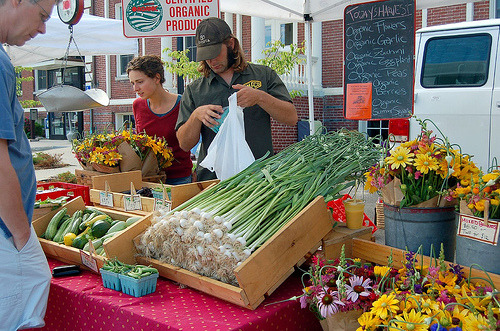Many people when eating a banana or a carrot do not think about what it takes for their food to make it to the grocery store for them to buy and eat. However, this should be of great concern to all of us because the more our food travels the more it affects our environment.
The transportation of produce and the processing and packaging of produce puts large amounts of stress on the environment and it is entirely dependent on fossil fuels that create greenhouse gases that contribute to climate change.
What is the solution to this? Local foods have been proven as one of the best ways to solve this problem. What are local foods? Local foods can range from buying your produce from a local Farmer’s Market or growing them in your own back yard. The idea is that buying local foods that are grown closer to home is more sustainable and better for the environment than industrial food production.
Facts Supporting Local Foods
- A typical carrot has to travel 1,838 miles to reach your dinner table
- Farmers’ market enable farmers to keep 80 to 90 cent of each dollar spent by the consumer
- Communities reap more economically from the presence of small farms than they do large ones.
However, there are some that say the local food push is not all it’s cracked up to be. For instance some say that if long distance items were transported by rail the energy cost would be lower. Also they state that individuals driving back and forth for one food item is as detrimental to the environment industrial production.
Yet these critics do highlight the social benefits of local foods stating that it is important to build a relationship between producer and consumer and know more about the food you are eating.
